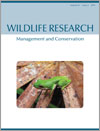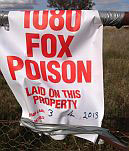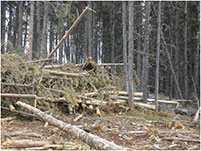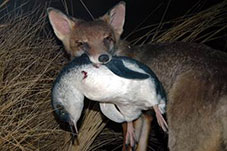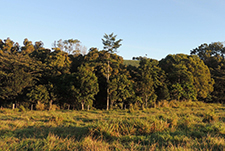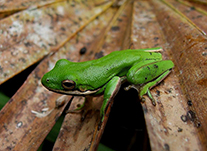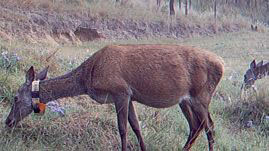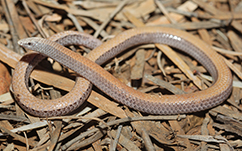WR14035Effects of a GnRH vaccine on the movement and activity of free-living wild boar (Sus scrofa)
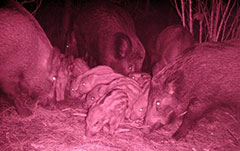
Overabundant wild boar and feral pigs are associated with disease transmission and negative impacts on agriculture, native wildlife and, particularly where they occur around urban areas, public safety. Fertility control through immunocontraception could offer an alternative approach to population management in situations where lethal control is undesirable or impractical. In a field-based pilot trial we found that wild boar responded to fertility control and that immunocontraception had no adverse effects on behaviour or welfare. The results suggest that immunocontraception should be more widely evaluated in wild boar and feral pig populations. Photograph by NWMC/AHVLA.
WR14035 Abstract | WR14035 Full Text | WR14035PDF (679 KB) Open Access Article


